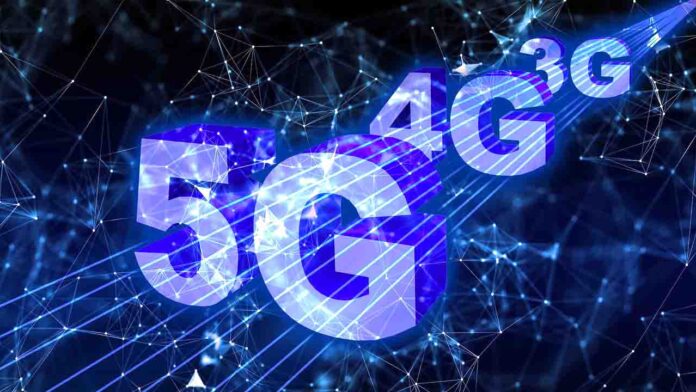In the ever-evolving landscape of wireless technology, understanding the different generations from 2.4G to 5G is crucial for anyone keen on staying connected in the digital age. This guide delves into each generation, demystifying the technological advancements and their impacts on our daily lives.
Understanding 2.4G: The Foundation of Wireless Communication
2.4G refers to the 2.4 GHz frequency band, widely used in wireless communication. Predominantly known for its application in Wi-Fi and Bluetooth technologies, 2.4G operates in a high-frequency range, offering considerable coverage and penetration through obstacles. It’s the backbone of many household wireless devices, including routers, cordless phones, and even microwave ovens.
2.4G Key Characteristics
- Broad Coverage: Offers an extensive range suitable for home and office environments.
- Interference Issues: Susceptible to interference from other devices operating in the same frequency band.
- Data Transfer Rates: Supports moderate data transfer rates, adequate for standard internet browsing and media streaming.
The 3G Era: Revolutionizing Mobile Internet
3G, or third-generation technology, marked a significant leap in mobile telecommunications, introducing faster data transfer rates and improved internet services. Launched in the early 2000s, 3G replaced 2G and paved the way for features like video calling and mobile internet browsing.
Advancements Over Previous Generations
- Enhanced Data Speeds: 3G networks offer speeds of up to a few megabits per second (Mbps), a substantial increase from the kilobits per second (Kbps) in 2G.
- Better Connectivity: Improved internet services facilitated the growth of smartphone usage and data-driven applications.
- Global Roaming: 3G networks supported more efficient international roaming services.
4G: The Age of High-Speed Internet and Streaming
4G stands as the fourth generation of mobile network technology, bringing unprecedented changes in internet speeds and quality of service. It enabled high-definition (HD) video streaming, high-speed mobile web access, and advanced gaming experiences.
4G Features and Benefits
- Lightning-Fast Speeds: 4G networks can achieve speeds up to 100 Mbps, significantly higher than 3G.
- Improved Capacity and Efficiency: 4G uses spectrum more efficiently, allowing more users and data to be handled simultaneously.
- Enhanced Multimedia Experience: The high speeds and low latency support seamless streaming and gaming.
5G: The Next Frontier in Wireless Technology
5G, the latest generation in mobile network technology, promises to revolutionize the way we interact with the digital world. With its ultra-high speeds and low latency, 5G is set to enable technologies like the Internet of Things (IoT), autonomous vehicles, and augmented reality (AR).
Key Innovations of 5G
- Exceptional Speeds: Potential speeds of up to several gigabits per second (Gbps) dwarf previous generations.
- Ultra-Low Latency: Near-instantaneous data transfer, crucial for applications requiring real-time responses.
- Massive Device Connectivity: Designed to connect a vast number of devices simultaneously, fostering the growth of IoT.
Comparing the Generations: A Summary
- Coverage and Frequency: Each generation operates at different frequencies, with newer generations typically using higher frequencies.
- Speed and Efficiency: There’s a substantial increase in speed and efficiency from 2.4G to 5G, supporting a wide range of applications.
- Applications and Impact: While 2.4G laid the groundwork for wireless communication, 3G and 4G brought mobile internet into the mainstream. 5G, on the other hand, is set to be the backbone of future technologies.
Conclusion
From the foundational 2.4G to the groundbreaking 5G, each generation of wireless technology has played a pivotal role in shaping our digital experiences. Understanding these technologies helps us appreciate the advancements made and anticipate the exciting possibilities of future innovations.
FAQs
Q: Can 5G replace Wi-Fi?
- A: While 5G offers faster speeds and lower latency, Wi-Fi still has advantages in terms of local network management and cost-effectiveness.
Q: Is 5G available everywhere?
- A: 5G deployment is ongoing and not yet available universally. Coverage varies based on location and service providers.
Q: Are there health concerns with 5G?
- A: According to current research and health guidelines, there are no proven health risks associated with 5G radiation within the prescribed limits.
This comprehensive overview provides a clear understanding of the evolution from 2.4G to 5G, highlighting the advancements and their implications for the future of connectivity.

